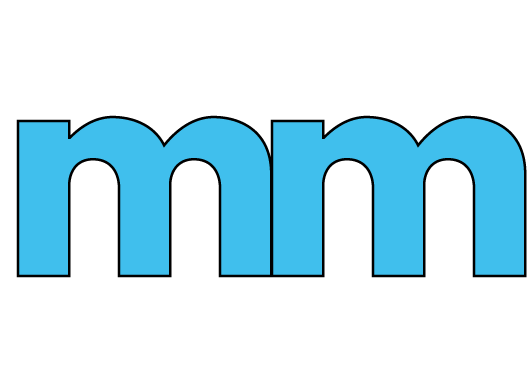
I want to start this post by fully recognizing my privilege. As a straight, white male in American society, I have a different experience than many of my students. In my schooling, I had little difficulty learning anything new presented to me. In all actuality, for the majority of my K-12 experience and even some of my undergraduate experience, I was usually one of the first to master a concept which allowed me to screw around in my classes and distract others. I want to acknowledge this because this privilege is something that I will have to work through in all my endeavors in schools, as any population that I serve will undoubtedly have a significant portion of the population that has a different educational experience than myself, whether it is based on race, religion, gender, ethnicity, sexuality, or learning styles and experiences. While I have worked for years within public schools and could develop an understanding of different experiences, especially in working in an urban school. With this being the case, I still thought I needed more experience. When I saw that the focus of the 33rd Annual Michigan State University College of Education Technology Conference was on equity in education and universal design for learning, I knew that it was something that I should attend.

The sessions on equity in education and universal design for learning were fantastic. It allowed me to think of the little things that we can do in education to make learning easier for our all our students. For instance, there was a cartoon used early within the morning that showed a school custodian shoveling the stairs off for all the students. A student in a wheelchair asked if he could shovel the ramp first. The custodian said no because so many students were waiting to use the stairs. The student replied that all students could use the ramp! This hit me hard, as it was important reminder that we can all take different paths to get to the same spot. As an educator, I have been trying this for years in the classroom with a project based learning approach, leaving many avenues open to all students. As someone working on adult education with staff, I started to reflect upon how I was delivering content to staff and whether I was doing the same with them. This reminded me of what is good for one learner may be good for all learners.
Working through the conference on that November Saturday allowed me to being to brainstorm ways that I can provide a more universally equitable experience for all the staff that I work with. It was a reminder that many people learn differently and come from different experiences. It was something important for me to remember as I develop trainings, use technology slang, and continue to try and develop the staff. Many of us are coming from different starting points, but we are all trying to get to the same destination. In many ways, it got me to start thinking about a ski hill and the different routes that take you to the same place. You have many options when you reach the peak of a ski hill on how to get down. For instance, you can go the Green Circle route back to the lodge for beginners. If you are an intermediate level, you can take the blue square. More advanced, try the black diamond. Either way, you will be challenged at the appropriate level as you work your way towards your goal. In education, we must devise ways to provide this for all the learners in our school. We have to find a way to get the students to the same goal in different ways. It is important that we develop the skills to continue to do this in our schools.

For me, the experience was one that allowed me to begin to reflect more deeply on the practice of staff development and the equity and cultural responsiveness of training staff. While our staff is racially homogeneous, it is vastly different in technology inclusion and skill levels. It is essential that as I continue to develop learning experiences for the staff, that I am keeping this in mind and developing multiple ways to achieve the same goals.
